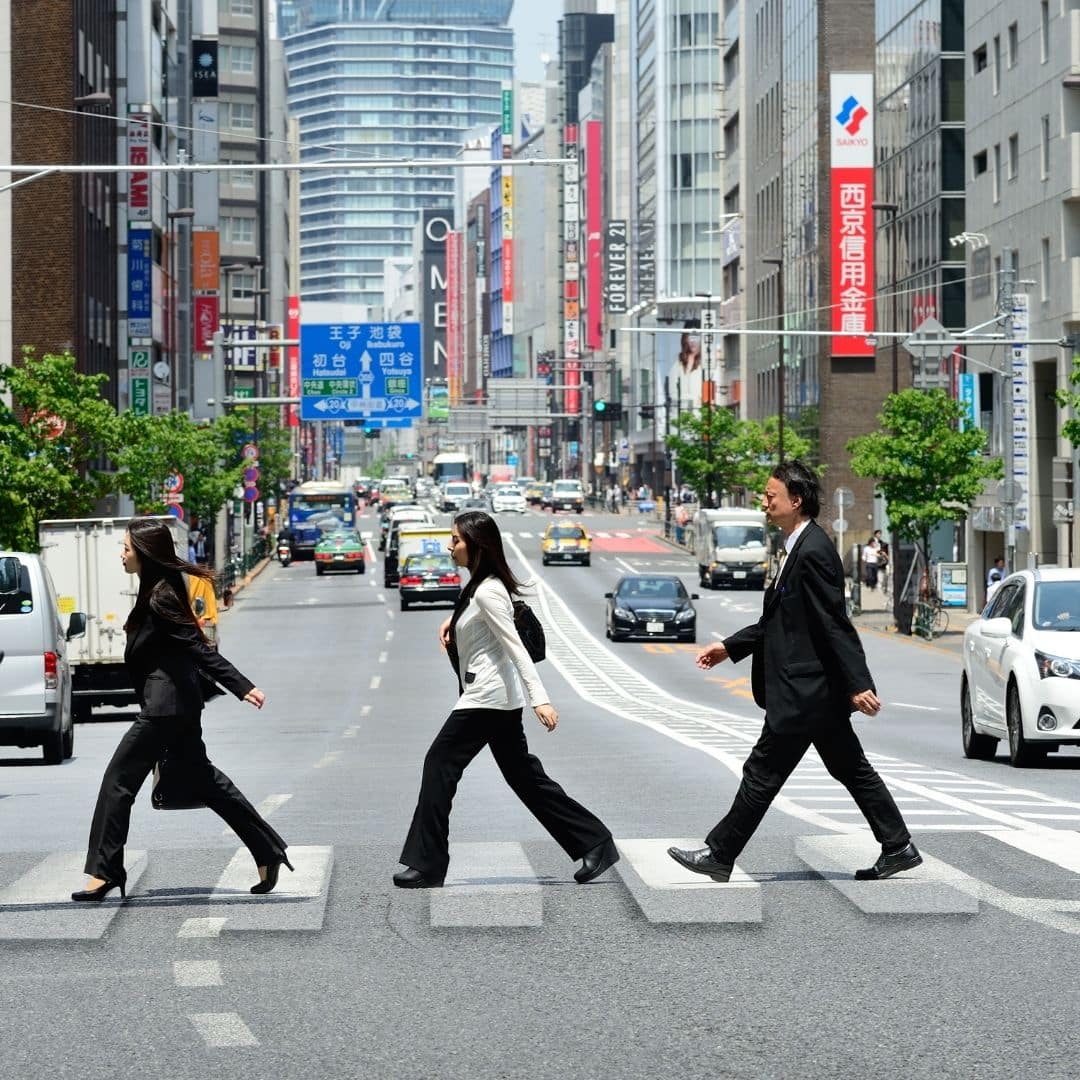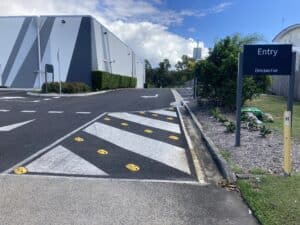

A 3D pedestrian crossing often called a 3D zebra crossing or an optical illusion crossing, is a type of road marker intended to give the appearance that things are three-dimensionally placed on the road. By encouraging automobiles to slow down and give way to pedestrians at authorised crossing sites, these markings, which are often painted on the road surface, are meant to increase pedestrian safety.
3D pedestrian crossings work in the following way:
Visual Illusion: Depending on the angle the crossing is viewed from, the detailed patterns and shading create the effect of a floating pedestrian crossing, giving the area a three-dimensional look.
Perspective: In order to create the desired illusion, the design takes into account how most drivers will approach the crossing. When motorists approach the crossing, it appears as though there are actual roadblocks they must avoid.
Effect on Driver Behaviour: When approaching the crossing, drivers are encouraged to slow down and use caution thanks to the 3D effect, which is designed to draw their attention. The illusion’s visual impact may persuade automobiles to yield to pedestrians by drawing their attention to the pedestrian crossing.
Safety for Pedestrians: By raising the possibility that automobiles would stop or slow down to let them cross, these crossings can improve safety for pedestrians. The raised or floating aspect of the crossing aids in emphasising the location for pedestrian crossing.
In places with a lot of foot traffic, like city centres, residential neighbourhoods, and school zones, 3D pedestrian crossings are being used more frequently. They are designed to deal with the issue of motorists not stopping for pedestrians at crosswalks or not doing so quickly enough. An effective visual technique for promoting safer driving practices is the optical illusion the crossing creates.
It’s vital to remember that the efficacy of 3D pedestrian crossings can vary, and their influence on motorist behaviour may depend on elements like the design, the state of the road, and the attentiveness of the drivers. Furthermore, these crossings are merely optical illusions designed to sway vehicle behaviour; they are not real physical obstructions.
Local or regional road authorities may be in charge of implementing 3D pedestrian crossings, and different locations may employ them differently. It’s crucial to confirm the existence and rules surrounding 3D pedestrian crossings with the local authorities or transportation departments in the relevant locations.
At Speed Humps Australia, we’ve spent twenty years focusing on one thing: to provide one style of product and to do it exceptionally well.
Speed Humps Australia was formed to provide innovative solutions to speed management in commercial and retail car parks where pedestrians and vehicles are in close proximity to one another. We are dedicated to bringing you the expertise to provide solutions to all your traffic control and parking-related needs.
As our design and production are all handled in-house and supplied Australia-wide, get in touch with us today to request a quote or discuss how we can help with providing a tailored solution to your unique project requirements.



For 10 years, our focus has been on one thing: to provide one style of product and to do it well.
Our wheel stops, speed humps and rumble bars meet Australian Standards, don’t fade, and we’ve never needed to replace one.

For 10 years, our focus has been on one thing: to provide one style of product and to do it well.
Our wheel stops, speed humps and rumble bars meet Australian Standards, don’t fade, and we’ve never needed to replace one.